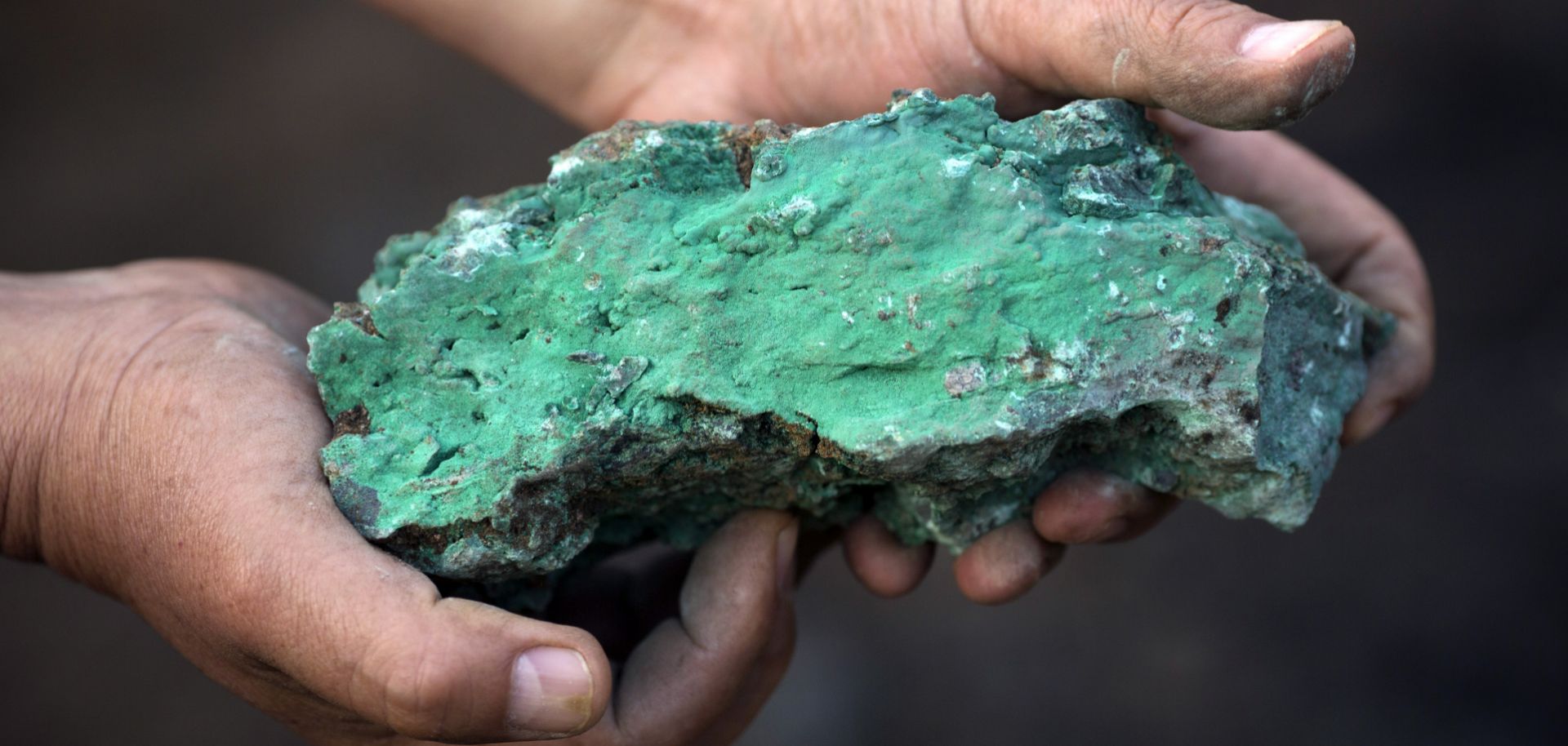Congo Governance Premium Faces Market Test
DRC tests governance via AmCham as copper HG=F steadies; GLNCY and FCX gain optionality if contracts standardize. Sovereign yields in low double digits could compress 100–150 bps if net FDI tops USD 1b and approvals accelerate.

The Democratic Republic of Congo’s bridge between the American Chamber of Commerce and the Ministry of Mines is a market-relevant test of whether diplomatic intermediation can compress a persistent governance risk premium and widen the investor base in one of the world’s most consequential mineral systems. Congo supplies roughly 70% of mined cobalt and is a top-tier copper producer, placing it at the center of battery and grid-electrification value chains.
Real output growth has held in mid-single digits on extractives momentum, but inflation remains elevated and foreign-exchange reserves cover only a few months of imports—conditions that support expansion yet underscore external fragility. In that macro setting, the quality of intermediation, rather than the volume of roadshows, will determine if capital arrives at prices the sovereign and corporate issuers can sustain.
The mechanism that matters to markets is the reduction of information asymmetry and execution risk. An AmCham-led forum lowers due-diligence costs by convening investors and regulators around licensing, offtake, logistics access and local-content frameworks. The 2018 mining code raised fiscal take—royalties on designated “strategic” minerals sit in the low double digits and windfall provisions were formalized—but it also entrenched perceptions of contract volatility.
If the dialogue standardizes stabilization clauses, publishes fiscal terms and imposes time-bound permitting with community agreements, investors will shift from treating Congo risk as binary political hazard to a quantifiable regulatory premium. That premium can be priced into hurdle rates, debt covenants and equity return targets; the binary hazard cannot.
The macro and sector channels are direct. Copper futures (HG=F) remain in a range that supports brownfield debottlenecking and targeted greenfield capacity. Diversified producers and traders—Glencore (GLNCY) among them—and miners with Americas exposure such as Freeport-McMoRan (FCX) increasingly price Congo supply risk into capex pacing, procurement and offtake optionality.
For DRC, every additional USD 1–1.5 billion of annual mining-linked FDI can lift growth by roughly 0.3 percentage points through construction, logistics and services multipliers, with a second-round effect on non-tax revenue via royalties and fees. Employment gains are non-linear but durable when projects move beyond extraction into concentrate upgrading or precursor materials, which raise labor intensity per unit of export and deepen domestic linkages.
Markets already reflect a high governance premium. The sovereign’s hard-currency curve trades in low double-digit yields, around two percentage points wider than the median for comparable frontier borrowers, while local-currency paper clears in the mid-teens. That gap is not explained by global rates alone; it also embeds uncertainty over license security, payment arrears and revenue sharing between provinces and central government. The franc’s trend depreciation aligns with shallow buffers and stop-start FDI.
A credible deal pipeline on the order of USD 1–1.5 billion per year would ease pressure on the balance of payments, improve rollover dynamics and allow reserve cover to build toward the three-to-four-month threshold typically associated with narrower sovereign spreads and flatter FX forward curves.
Causality runs in both directions. Institutional clarity lowers spreads and broadens participation; lower funding costs make it easier to finance the infrastructure and social expenditure that reduces operational disruption and improves project bankability. The alternative is enclave economics: capital concentrated in a handful of high-yield assets with shallow domestic linkages and heightened exposure to commodity volatility. The AmCham channel therefore matters not because it guarantees capital, but because it can anchor a rules-based approach to licensing, environmental approvals and community obligations that reduces tail risk and shortens delivery timelines.
Global relevance is immediate. A steadier DRC supply path reduces variance in copper and cobalt availability, which feeds through to the cost of capital for energy-transition industries worldwide and to the pricing power of diversified miners. For international investors, the portfolio question is whether Congo exposure is a tactical trade on metals beta or a strategic allocation premised on governance normalization.
The answer is observable over the next four quarters. Watch monthly reserve accumulation, net announced FDI, and the sovereign spread differential versus the frontier median; track the cadence and transparency of license approvals and the average time to permit. If reserves climb toward four months of imports, net FDI sustainably exceeds USD 1 billion per year, the hard-currency curve richens by 100–150 basis points against peers, and the franc’s forward curve flattens, markets will have validated that diplomatic facilitation has translated into institutional credibility rather than narrative.
Absent those shifts, spreads are likely to remain structurally wide and the investment case will revert to episodic trades rather than a durable, benchmarkable allocation.





